The Monster of Le Mans
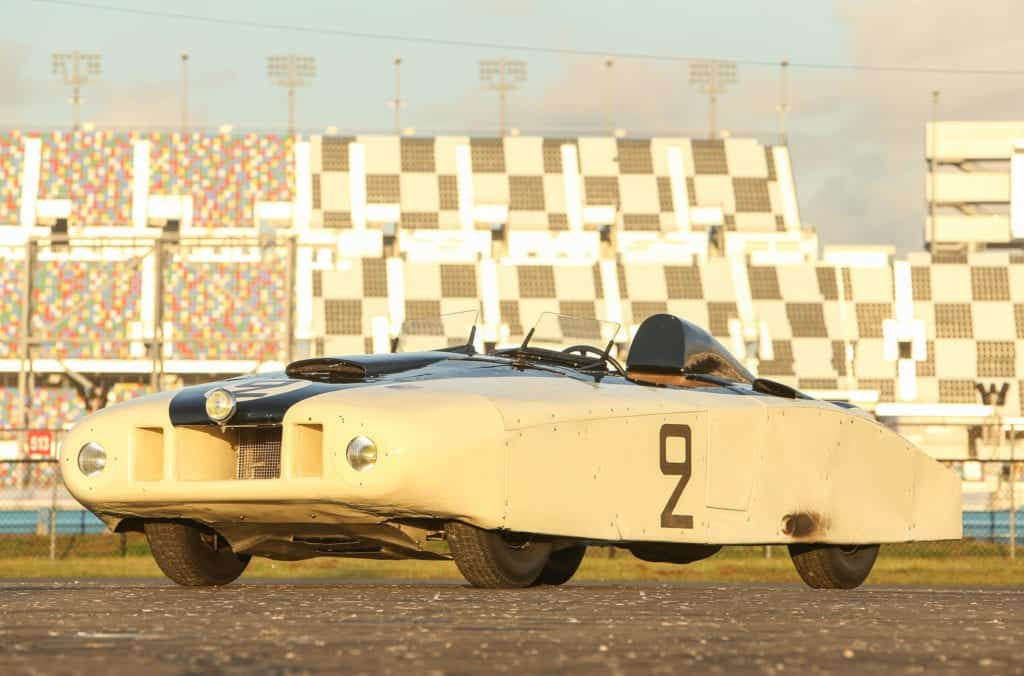
What’s in a (car) name? Testa Rossa (red head) for the red cam covers on Ferrari race cars. Mustang for a high-spirited pony car. So what about The Monster?
Better yet, Le Monstre, the nickname French race fans gave to a most unusual race car in the 1950 24 Hours of Le Mans.
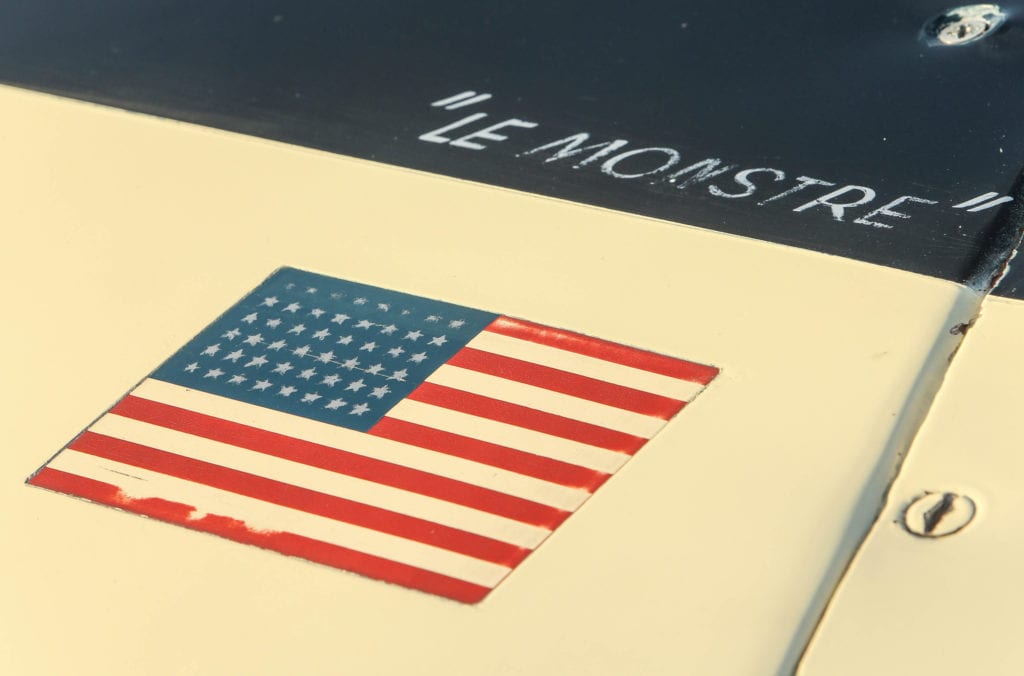
This monster’s Dr. Frankenstein was Briggs Cunningham, a well-to-do East Coast sportsman with a penchant for sailing (he won the America’s Cup in 1958) and motorsports. A friend, Le Mans winner Luigi Chinetti, suggested Cunningham race an American car in the French classic. Cunningham’s first thought was a Fordillac, a Ford with a big Cadillac V-8 built by Frick-Tappett Motors on Long Island. Nice try, but the Automobile Club l’Ouest, the race organizers, said, refusé. Too much of a hot rod.
While the French wanted U.S. entries, their rules called for a production automobile chassis. The body could be modified, but it was forbidden to change the internals of the engine. Given the capabilities of its new V-8, Cunningham’s next plan centered on a Detroit luxury car: Cadillac’s Series 61.
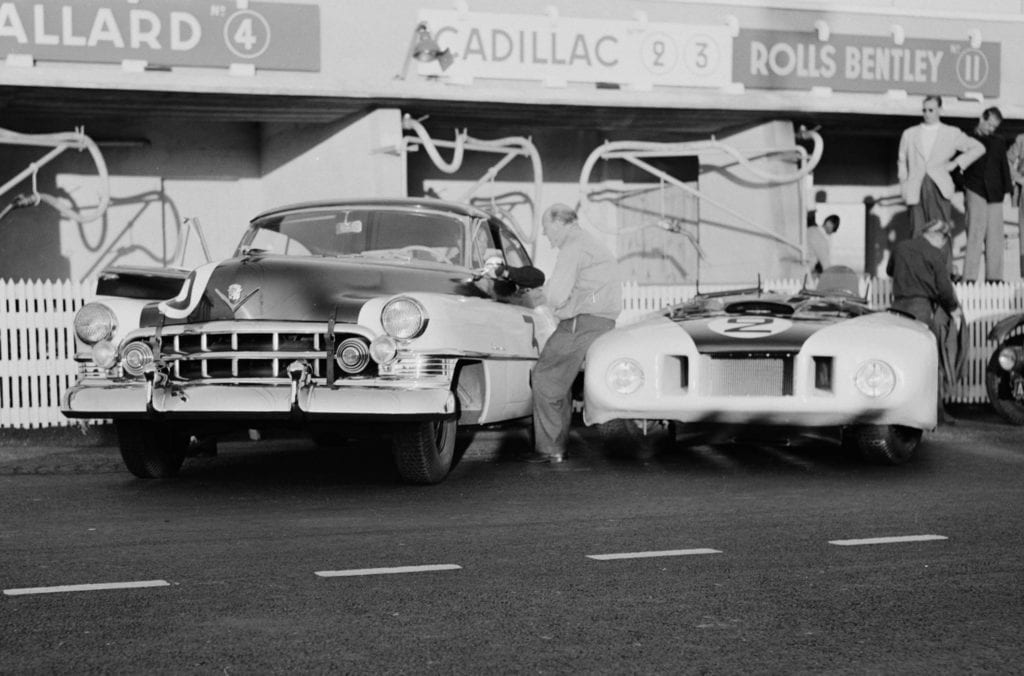
For Le Mans 1950, the Cunningham team arrived with a pair of Caddys, both of which are on display at Revs Institute as part of the Collier Collection. One was a stock-looking coupe with minimal changes. There was a two-carburetor manifold for the V-8 in the 3897-pound machine. Scoops routed extra air to the brakes and a second gas tank was installed, along with side exhaust pipes that exited in front of the rear wheels. Add a few extra lights up front, paint on the number 3 and it was ready.
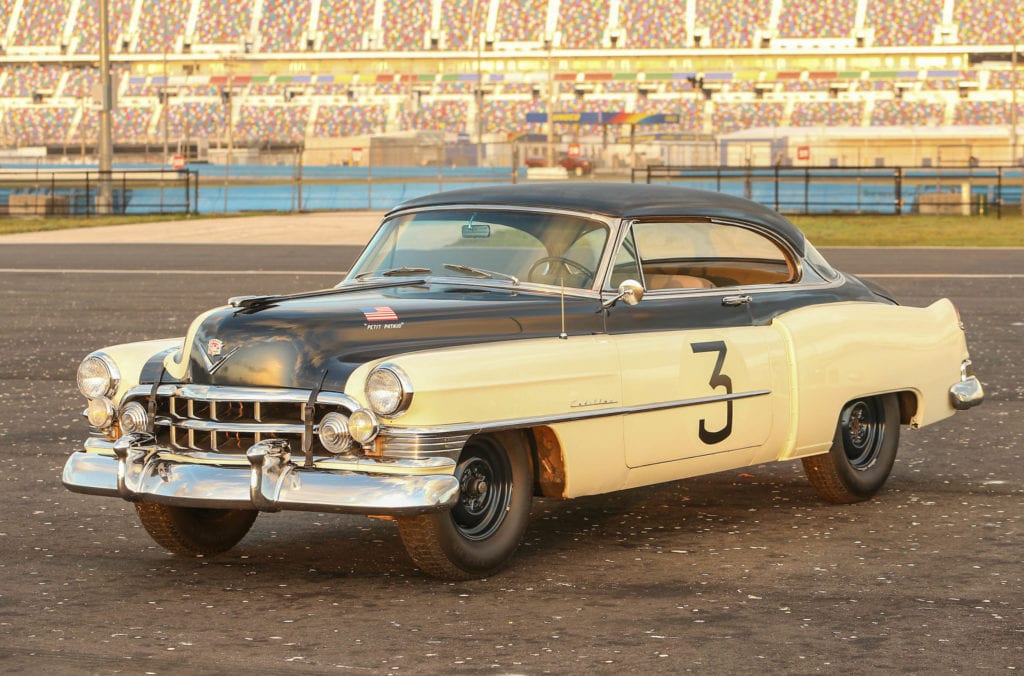
The French endearingly dubbed the Caddy “Petit Pataud” which roughly translates as ‘Clumsy Puppy.’ Cunningham had the name painted on the hood next to an American flag. Brothers Miles and Sam Collier would race the coupe.
Given the option of body mods, Cunningham had the second coupe’s body removed. Added on the chassis was a tube frame structure to which a most unusual aluminum body was attached. Howard Weinman, a Grumman aeronautical engineer, created the new body. Using a wind tunnel normally employed to evaluate crop dusters and other slow-flying airplanes, Weinman penned a low, somewhat blocky design that looks like it could be a section of a flying wing. Or, according to the French, a monstre. Amazingly, the solid wood 1/12th scale wind-tunnel model survived intact and is on display at Revs Institute.
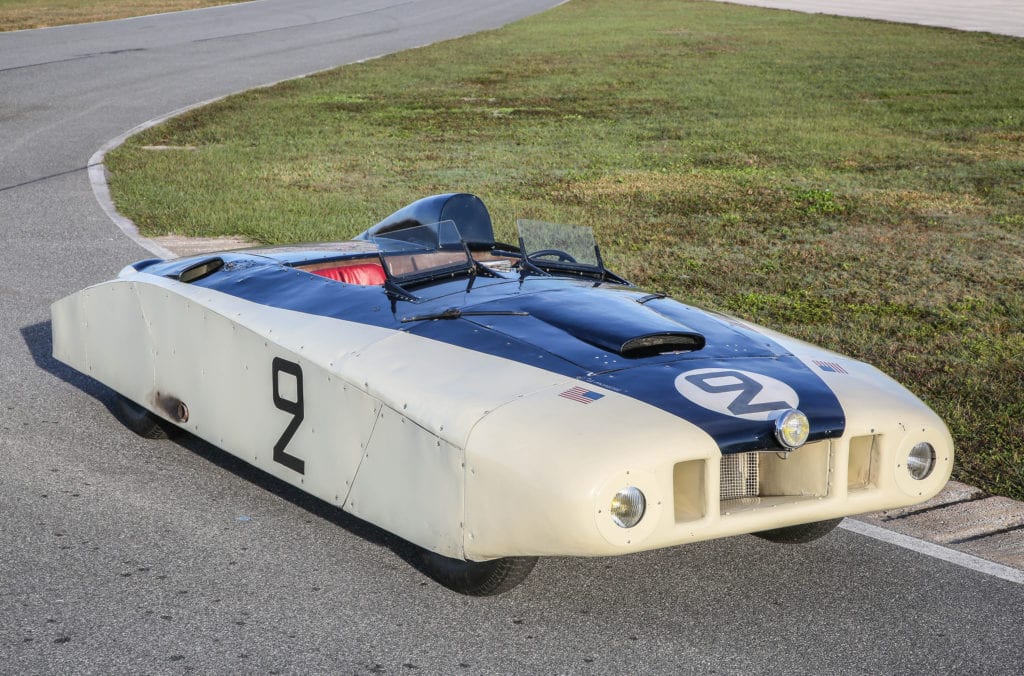
Big as it appears, Le Monstre is 3 inches narrower than the coupe. At 3705 pounds, it isn’t much lighter than the two-door Caddy. Still, the open 2-seater has an advantage in the engine compartment. There’s something unusual about the 331-cubic-inch V-8: five carburetors. Driven gently, Le Monstre motors on its center carb. Nail the throttle and all five open up. Stay in the gas and the “roadster” tops out at 130 mph, about 13 up on the coupe. Helping slow from that speed are Alfin drum brakes. Unusual for the time, two-way radios were installed in both cars.
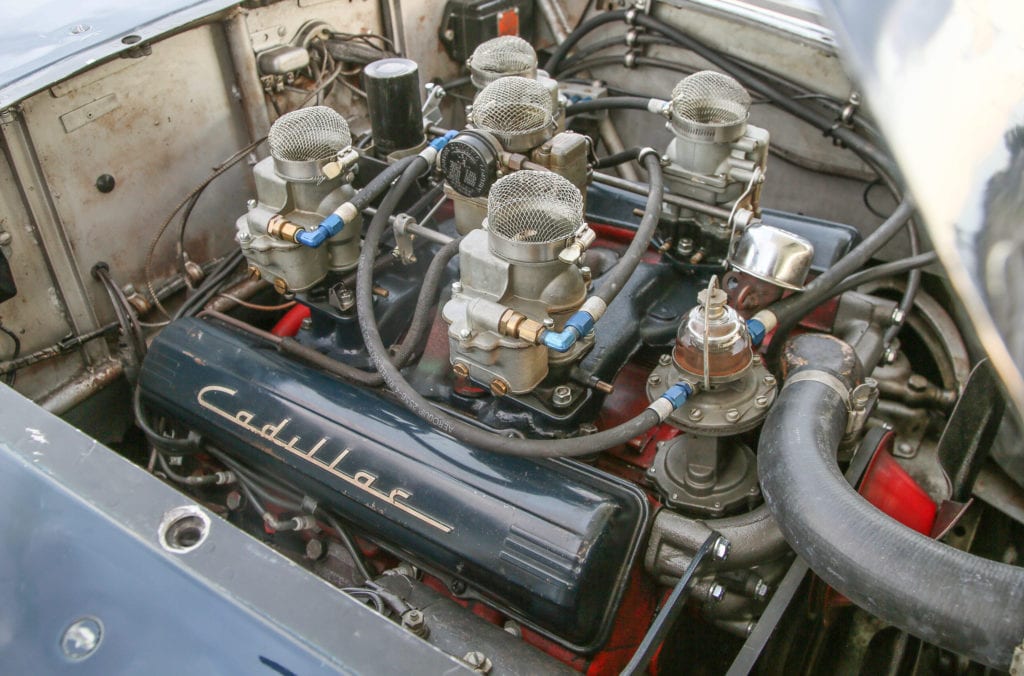
Piloting Le Monstre were Briggs Cunningham and Phil Walters. The latter’s nickname was Ted Tappett and he was half the Frick-Tappett crew that created the Le Mans Caddys. Little known today, Walters was, by the estimations of Phil Hill and Dan Gurney, the best American driver of his era.
The Le Mans’ start (where drivers sprint across the track, get in the cars and roar off) was a bit confusing for the team. After the dash to the coupe, Sam Collier found the door had been locked. Then, on lap two, Cunningham slid Le Monstre into a sand bank and was without a common Le Mans tool then, a shovel. Digging out cost 20 minutes, dropping Le Monstre back four laps.
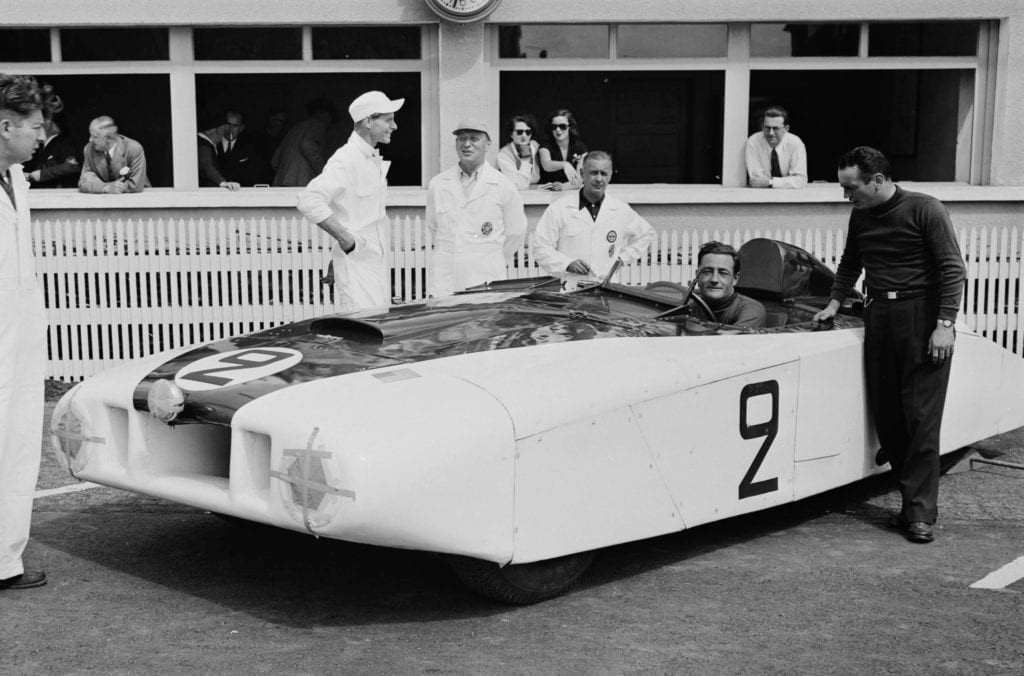
Cunningham and Walters battled back, progressing to 11th, one place and one lap behind the Collier brother’s 233 laps of the Circuit de la Sarthe. The French were very impressed and this was the beginning of long relationship between Cunningham and the classic 24-hour race.
Cadillac has been back in racing for quite a few seasons. Its most recent equivalent of the Cunningham coupe was the ATS-V.R in the Pirelli World Challenge series. Caddy has ended that relationship for 2018 after a having been series champs for five seasons during its tenure.
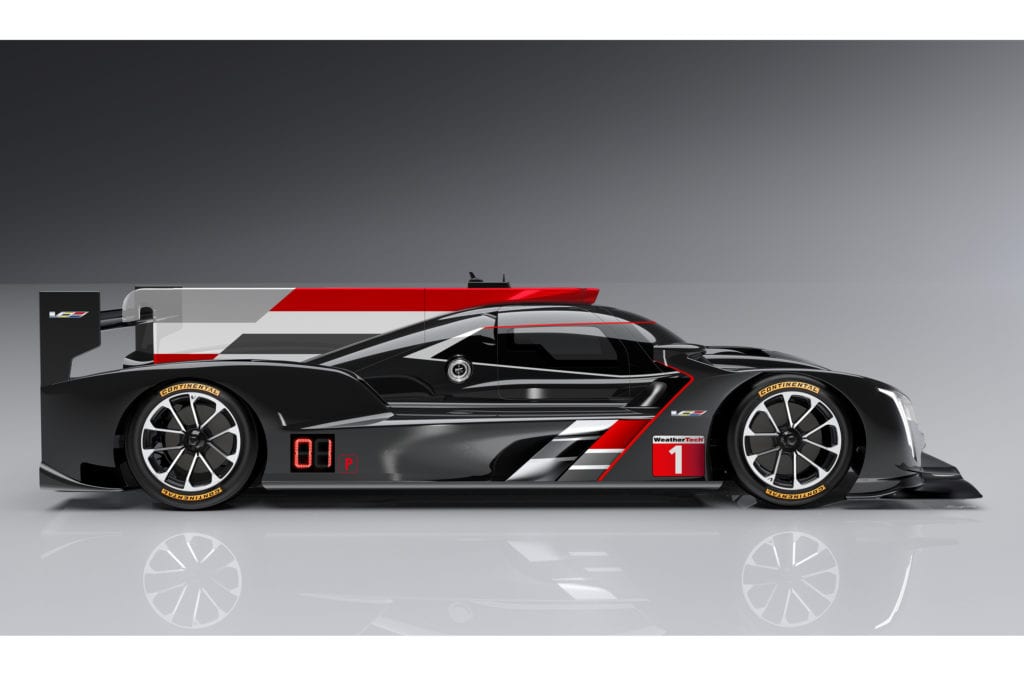
Le Monstre’s 2018 equal is the Cadillac DPi-V.R prototype. It will be raced by three teams, including the 2017 championship-winning Wayne Taylor Racing. Caddy will be racing head-to-head against teams from Mazda, Acura and Nissan. The IMSA WeatherTech Sportscar season starts January 27-28 at Daytona’s Rolex 24.
Can’t wait for the green flag.

